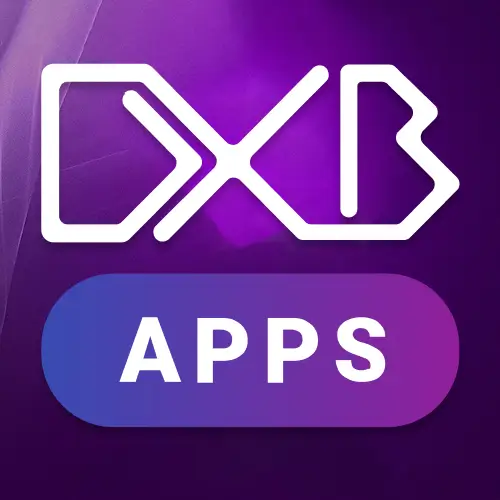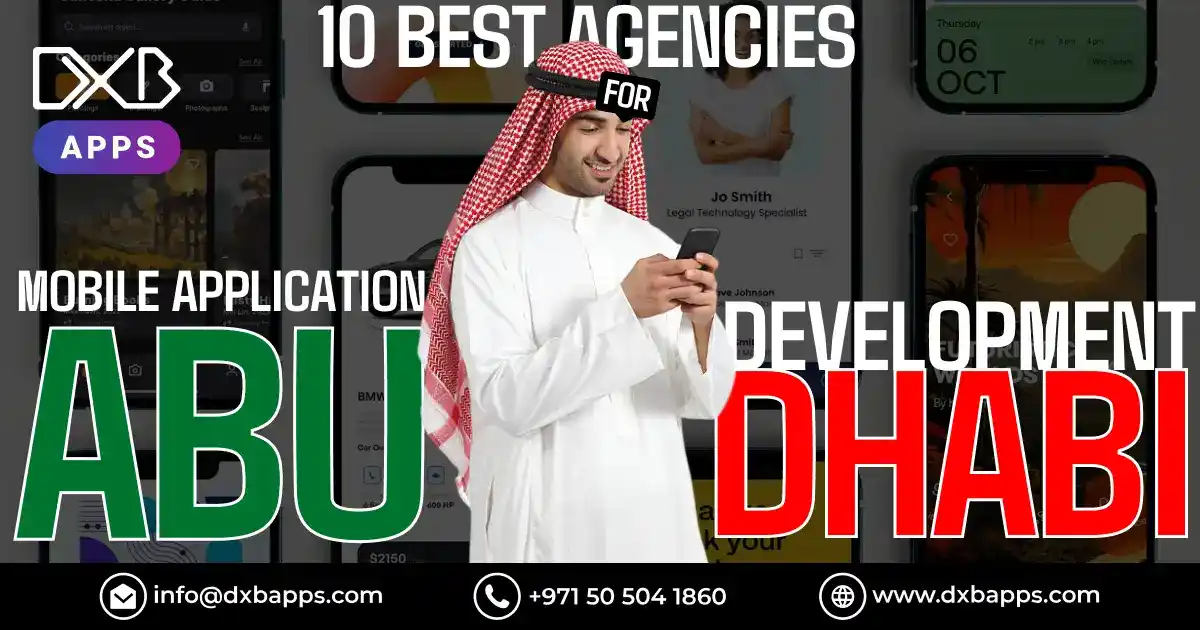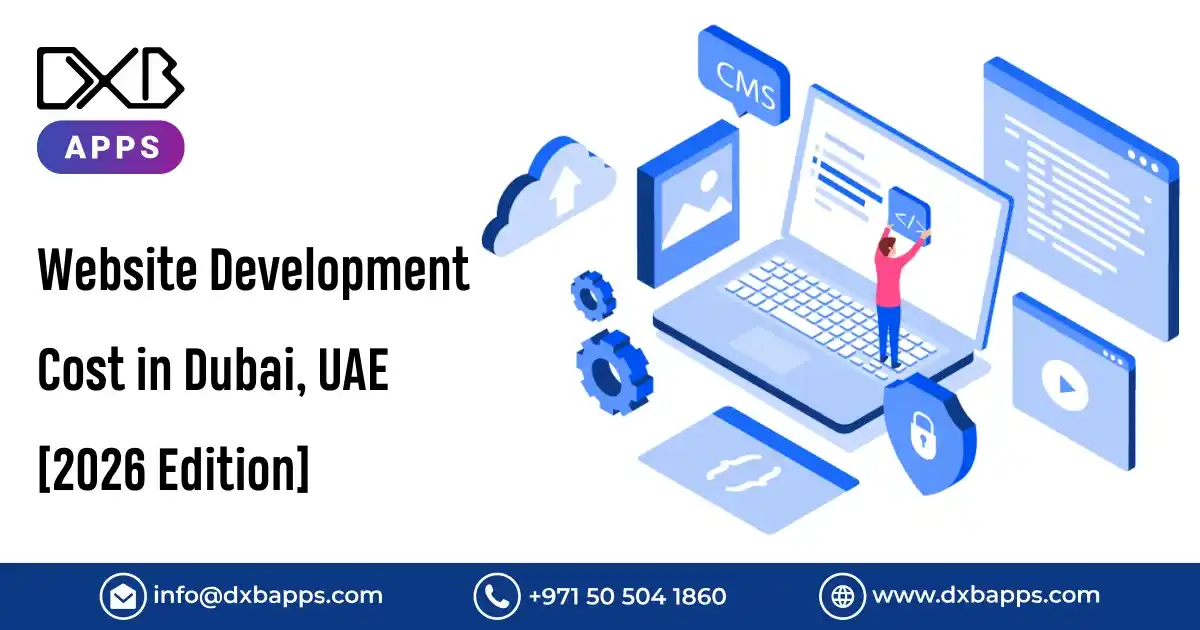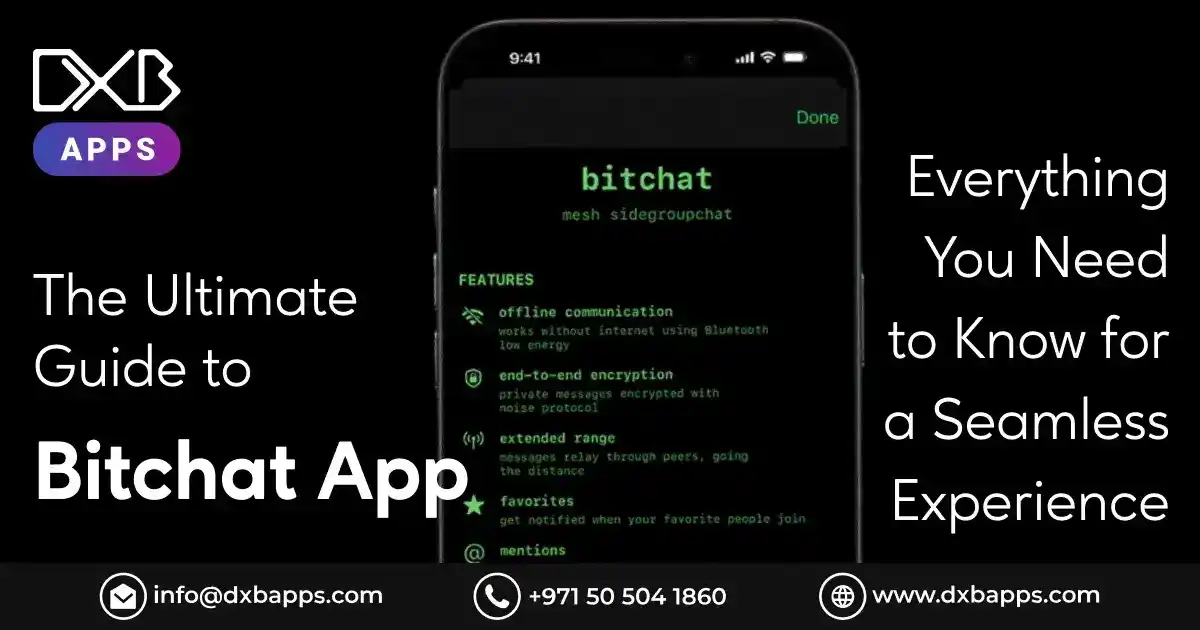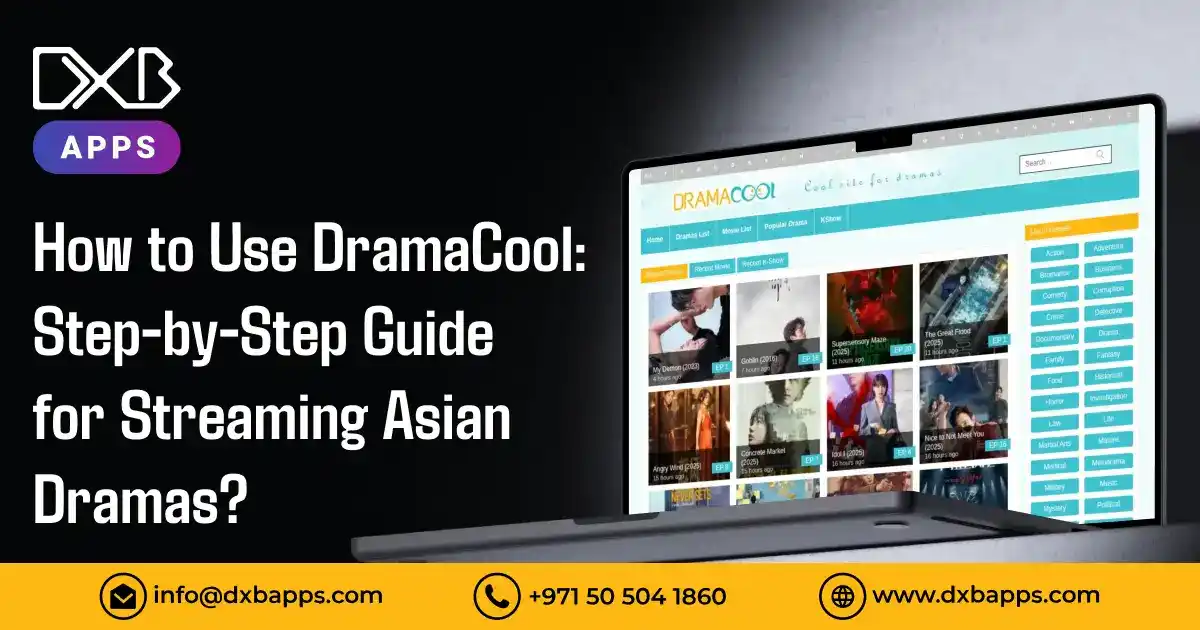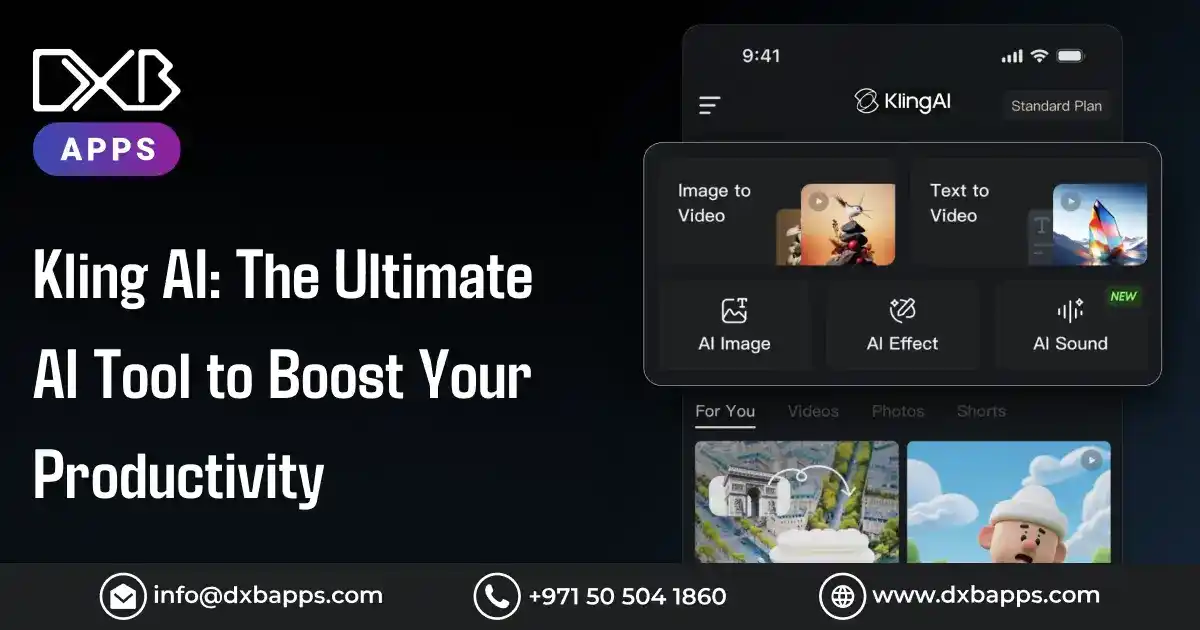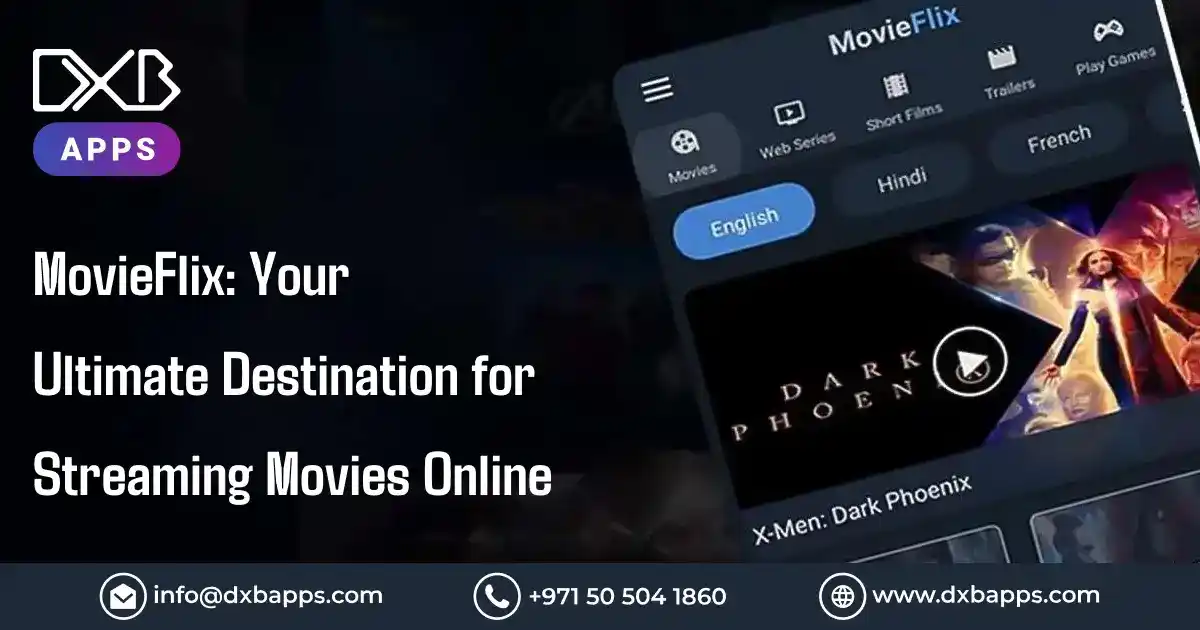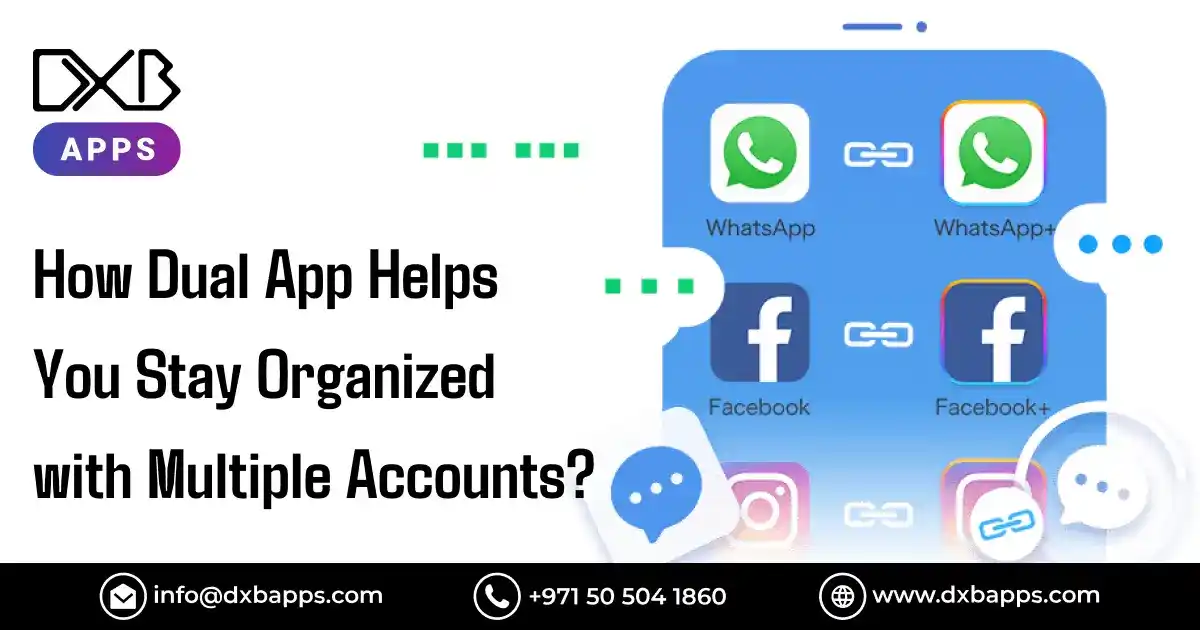1. What is Augmented Reality?
Augmented Reality (AR) is a live direct or indirect view of a physical real-world environment whose elements are supplemented by computer-generated sensory input such as sound, video, graphics, or GPS data. AR applications are now being developed for smartphones, tablets, smartwatches, virtual reality headsets, Google Glass, etc. With the rise of AR, companies are looking at ways to leverage its potential to enhance their businesses. In addition to the obvious benefits of improving customer experience, AR offers some unique advantages such as cost savings, increased productivity, improved employee safety, and reduced maintenance costs.
With the rise of this technology, this article is perfect for one to have enhanced information about the types and advanced AR tools to match our DXB APPS.
2. Top 4 Types of AR software
If you want solutions for the graphic market, visual markets, GPS, and VR then the following types of augmented reality software are for you:
2.1 Market-based software
This uses the device’s camera to scrutinize the objects referred to. This is a recognition-based augmented reality software that is used for scanning QR codes, bar codes on the products, and logos. DXB Apps uses this market-based augmented reality software to show the 3D version of an object as an image recognition technique. This supplies additional information about the object on the device’s screen via varied angles, and the data acts as a reference for the apps on the system.
2.2 Marker-less software
This is all about tracking in industries and position-based. Whenever you focus on an object, it pops up on your device’s screen and gives you the local information about the object. This software uses GPS tracking, digital compass, accelerometer, etc for locating an object in smart devices. This is extremely useful for travelers to discover new places over a region as it uses location-based augmented reality check.
2.3 Projection-based software
This is the most simple and most interactive augmented reality tool. This shows how objects are projected on the surface of the device. This is a kind of 3D version of the software like one can touch the projection with the hand which helps the users to study in-depth information about the objects via varied orientations.
2.4 Superimpose-based software
To get the actual augmented view of the object, this software helps one to achieve that. This is the correct replacement for the actual or partial view of the object. The object recognition technique is crucial for the superimposition of the object.
Let’s now talk about the actual usage of Augmented Reality:
2.5 Medical field
Augmented Reality software is extremely useful for doctors to conduct critical surgeries using 3D images of the area. AR screens are also helpful in many ways like checking the medical conditions of the patients and ensuring augmented diagnosis and treatment.
2.6 Tourism industry
It would be so lovely to take a virtual tour of your favorite destination sitting at home. It is very much possible through AR technology nowadays. It enhances the travel agencies to expand their business to the next level by creating curiosity and interest among the customers.
2.7 Automobile industry
Many automobile industries are using AR technologies to have a next-level improved user experience and knowledge. Varied lenses, filters, and VFX modes for videos and images can be created using AR technology. Some of the famous social media handles already started using AR tools and software.
2.8 Education industry
Smart devices have made it possible to have an interactive virtual interaction between students and teachers. AR helps to increase the real-time experience in the education industry. It also helps students to get their hands on 3D projection screens during classroom lectures and for a better understanding of the concepts.
Let’s come to our actual verdict of listing out the top 10 advanced augmented tools to skyrocket businesses for 2022 and beyond.
We know how hard it is to search for the perfect tools for any business. So DXB APPS, a leading mobile app development company in Dubai made it possible to look at one place to get all the information.
2.9 ARmedia
This is the actual help for the app developers of the company to create augmented reality apps efficiently. This is considered by our app developers in the company as one of the best tools to handle simple and complex AR activities and projects using dimension techniques like 2D, 3D, etc. The pioneers in the DXB APPS are capable to handle complex geometry for 3D projections other than images, and locations. This tool is applicable for platforms like Android, iOS, and Windows. Both free trial and premium versions are available that are capable of integrating data, and graphs; tracking objects; and multitasking.
2.10 Vuforia
This is the best of the best toolkit for the development of futuristic mobile applications. It operates on other platforms like Unity Editor and Universal Windows for perfect solutions. It has some advanced features like it scans and recognizes dimensions of the objects; has an inbuilt better vocabulary lexicon; has virtual buttons for better performance; can design codes, and can easily integrate with the cloud for faster processing.
2.11 ARToolkit
This is one of the open-source augmented reality toolkits. This is operated on iOS, Android, Windows, and Linux platforms. It has plugins to work perfectly for real-time applications. It has some advanced features that are pretty awesome like calibration of the camera; camera position and orientation tracking options; marker generation; and the SDK version is free for the users.
2.12 Apple ARKit
Our app developers of the application development company use this toolkit to build AR games with higher versions. It helps to identify the surroundings and provides virtual objects. The features include face tracking and levels; can identify surfaces and place objects in space; helps other developers to create multilayer and multiplayer AR games, and it has no premium features available.
2.13 DeepAR
This toolkit helps developers to make 3D and face realistic apps. It also has filters and background removers for videos. Some of the features worth mentioning are face position tracking to provide extra features; face recognition; animation; and optimization of special VFX features.
2.14 Wikitude
This is a flexible toolkit for developing solutions. This is the leading augmented reality toolkit to skyrocket any business beyond 2022. The functionalities are: it uses Wikitude studio to manage virtual objects; GPS-based services; uses SLAM technology; and uses JavaScript, API, Cordova, etc for the app development.
2.15 Kundan
This is a tough competitor for Vuforia as it uses SLAM and AR-based technologies. It helps the application developers to create robots, AR/VR for smart cities, etc. The next functionalities are high-quality graphics; using markerless and marker-based techs; integration of maps; and virtual content.
2.16 EasyAR
This makes AR implementation an easy procedure. It is compatible with most of the platforms. It is the best alternative for Vuforia in the marketplace. The main features are image tracking; screen recording; identification of 3D objects; and better cloud service. Our app development company in Dubai makes sure to provide this tool kit in the free version for the users.
2.17 MAXST AR SDK
This is a popular AR toolkit. Some of the major components are tracker record, SLAM tech, barcode scanning, etc. The key features are: tracking can be done up to 3 objects; a more realistic experience; and integration with Unity.
2.18 Google ARCore
This is a freely available toolkit developed by Google. It has a motion tracking and lighting recognition system. The key features provided are the blending of virtual to the real world; Utility and Java support; and brushes and building tools available.


